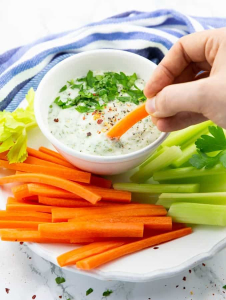Mealtimes for children and young people can often be a daunting and scary task, therefore, it is common for many families to face significant social and behavioural challenges throughout the day. Some obstacles families may face include difficulties engaging or communicating with each other during mealtimes, keeping mealtimes positive and stress-free, maintaining positive relationships and connections, as well as participating in mealtimes within the community (e.g. birthday parties).
Implementing a clear beginning, middle and end to mealtime can be a powerful tool in helping your child reduce food and mealtime-related anxiety and will therefore support their participation and engagement within mealtimes. This may look like helping to set the table/wash hands, sit at the table to eat and drink (if the child chooses to do so), and then assist with packing up/clearing plates of food scraps.
During your mealtime, it is important to try to remove the stress, focus and idea that ‘my child must eat their dinner’ away from the mealtime. Try to shift your focus away from focussing on eating, to using this time to connect with your child. This may look like talking about your day, what they want to do on the weekend, or if they have heard any funny jokes. By taking the focus away from the food, your child has the opportunity to explore their plate without the pressure or expectation that they must eat it. When this happens, a child will often feel more at ease, and willing to explore a food (e.g. look at, smell or touch) if they feel like no one is watching them.
With any new skill that children are learning, routine, structure and predictability are of the utmost importance. You may like to trial the use of a visual schedule or a timer, to further help your child understand the expectations and progression of the family meal (e.g. use the toilet, wash hands, sit at the table, eat and drink, pack away).
Completed by:
Lisa Kermond, Speech Pathologist
22/08/2024





